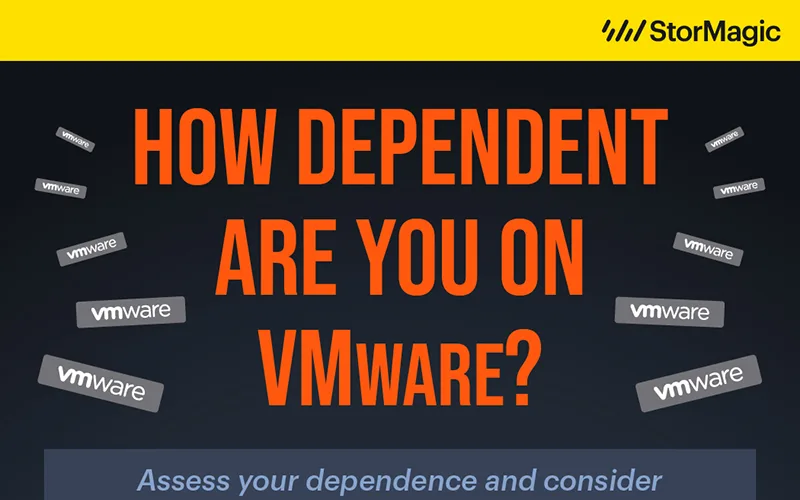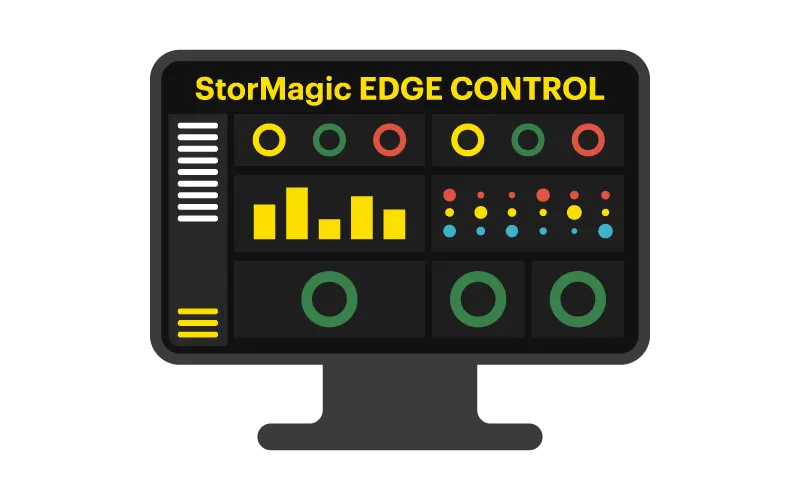Edge computing allows us to process data in remote areas that often suffer from low connectivity. This opens up a whole new realm of possibilities for recording and processing data, which has seen an increase in the adoption of edge computing into major technological development. Here are just three cool examples from this week…
Remote site monitoring
The eruption of the Kilauea volcano in Hawaii has demonstrated the importance of real-time data analysis for natural disaster mitigation. By setting up sensors and automated processors at remote sites like volcanos, governments are able to significantly reduce their response times when something does go wrong.
These remote locations can be hard to monitor, due to a lack of cellular/WiFi connectivity and limited bandwidth networks. However, by linking edge computing to IoT devices (sensors/embedded devices) you can create a highly available network, which is not limited due to low bandwidth or internet connectivity.
An edge hyperconverged solution using SvSAN deployed as a stretched cluster would allow for continuous data processing at the remote site, even if something catastrophic happens. If, for instance, a volcano erupts (or some other type of natural disaster occurs) and one side of the cluster were to become damaged, then the other node of the cluster would keep running and be able to relay the information back to the datacenter without experiencing downtime. SvSAN stretched clusters are designed to can work with up to 4,400 km between sites.
Smart cities
For anyone who hasn’t come across them before, the idea of smart cities is to create sustainable urban environments. Approach 1.0 and 2.0 have seen the introduction of technology into infrastructure and initiatives to get citizens involved with the evolution of their city, and towards the introduction of more tech.
Initiative 3.0 incorporates feedback into development. By linking IoT sensors within the city to edge computing, developers are given visibility into city operations.
Government IT leaders aim to monitor: demographics within the community, bandwidth and latency requirements in different areas (as to enable full 5G coverage across the city), and how connectivity is impacted as the number of devices within a community increase.
The future of smart cities will involve engaging edge computing and 5G technology to reduce traffic congestion (and therefore air pollution), streamline processes at government facilities (city hall, department of motor vehicles etc) and improving public services, such as water, electricity and trash collection.
Microsoft data center
Microsoft has begun to carry out research on increasing the energy efficiency of the data center, by dropping one into the sea.
The idea is that the computers will cool better underwater, reducing the energy (and cost) required to cool them on land. They can also reduce corrosion to the machines, which occurs as a result of oxygen, needed by people in the data center, and water vapour, expelled by the people in the datacenter. This suggests that hardware will last longer in these underwater data centers.
If this experiment is successful then it would mean big things for monitoring remote, hard to reach sites like wind farms, oil rigs and potentially underwater data centers.
The only issue with the idea is that any faulty machines cannot be accessed, which means that redundancy and high availability are critical for the deployment to avoid downtime associated with a faulty hardware, which cannot be repaired.
We have every reason to believe that the future of computing is at the edge. For more information on simple, cost-effective, flexible virtual storage designed specifically for the edge, download the SvSAN Technical Overview white paper.




